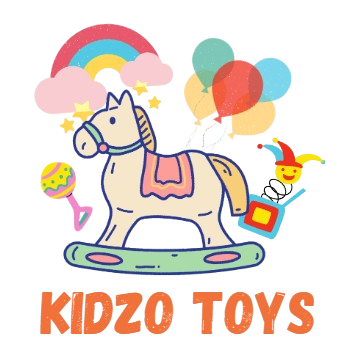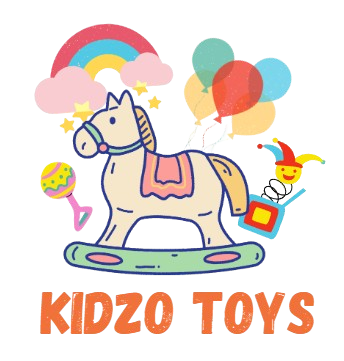Blog
How Long Is The Child Likely To Stay Engaged With The Toy?
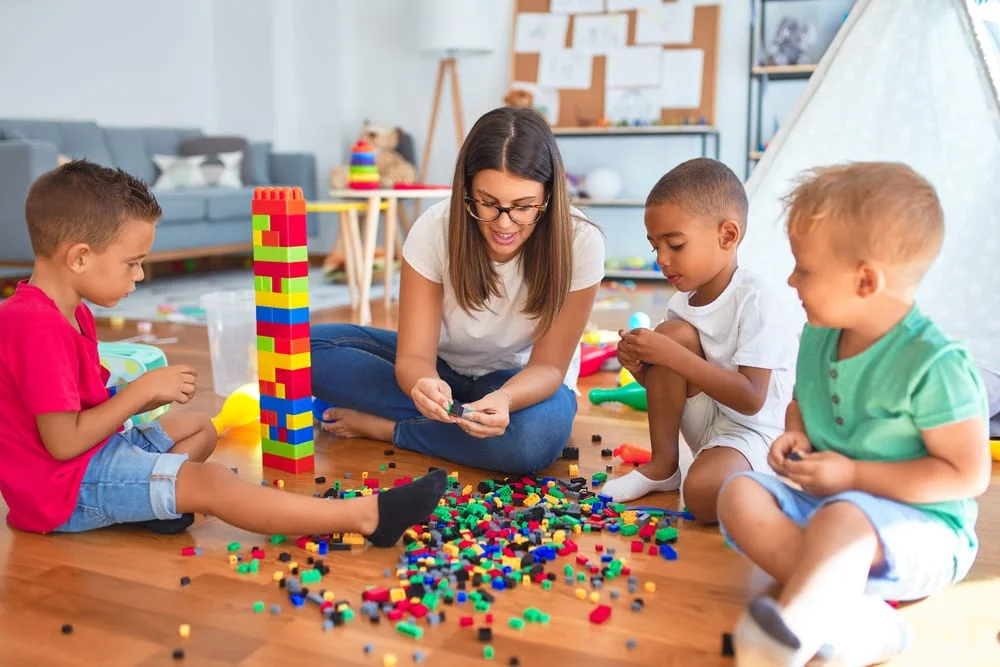
Introduction
When choosing a toy for a child, one of the most important questions to consider is: how long will it hold their attention? While it’s tempting to select the most colorful or trendy toy on the shelf, real value lies in its ability to keep a child engaged over time. Attention spans vary widely depending on age, interest, and personality, but certain toy features consistently increase play longevity. Understanding these factors can help parents, educators, and caregivers make informed decisions that lead to more fulfilling and extended play experiences. Toys that offer ongoing engagement not only provide more value for money but also contribute significantly to a child’s learning and development journey. Please visit this.
Understanding Play Engagement And Why It Matters
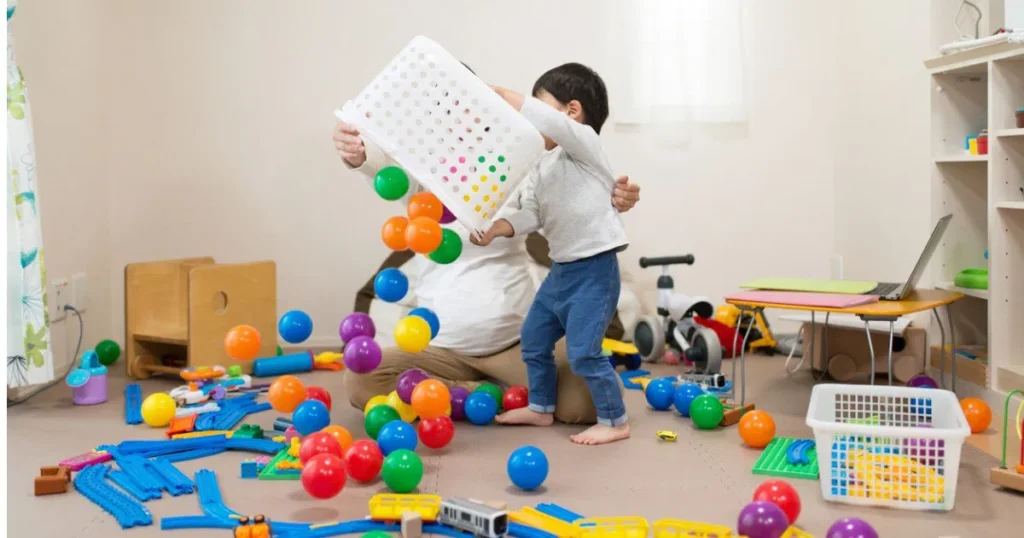
Engagement refers to how long a child remains focused and involved with a toy or activity. When a toy captivates a child’s interest, it becomes a tool for immersive learning, exploration, and imagination. The longer a toy holds attention, the more likely it is to stimulate creativity, cognitive growth, and emotional regulation. On the other hand, toys that lose their appeal quickly may be forgotten, gathering dust on a shelf. Engagement is especially important in today’s fast-paced world, where distractions are constant. A toy that keeps a child engrossed not only fosters concentration but also teaches patience, problem-solving, and self-regulation.
Age And Developmental Stage Influence Toy Engagement
The amount of time a child spends with a toy is often directly related to their age and developmental stage. Infants may engage with a simple rattle or sensory toy for a few minutes at a time, while toddlers may spend longer periods stacking blocks or exploring cause-and-effect toys. Preschoolers and older children have the cognitive capacity to dive deeper into more complex activities, such as imaginative role-playing, puzzle-solving, or building intricate structures. Understanding what is developmentally appropriate helps in selecting toys that are neither too simple nor too advanced, both of which can lead to disinterest.
Open-Ended Toys Vs. Single-Use Toys
One of the strongest predictors of engagement longevity is whether a toy is open-ended or single-use. Open-ended toys allow for multiple uses, interpretations, and creative applications. These include building blocks, art supplies, dolls, play kitchens, and magnetic tiles. They encourage imagination and problem-solving by offering children the freedom to create new scenarios each time they play. Conversely, single-use toys typically offer one form of interaction, such as pushing a button for lights and sounds. While initially exciting, these often become repetitive and are quickly abandoned. Open-ended toys grow with the child and adapt to their evolving interests, greatly extending the period of engagement.
Toys That Evolve With Skill Development
Toys that can evolve along with a child’s skill development are far more likely to remain relevant and engaging over time. These include puzzles with increasing complexity, educational games with multiple levels, or programmable robots that offer basic to advanced coding experiences. Such toys meet children where they are and offer new challenges as they grow, maintaining interest by avoiding stagnation. This progression sustains curiosity and provides a sense of achievement as children master new skills. A toy that adapts to a child’s developmental growth delivers extended learning and continuous satisfaction.
The Role Of Imagination In Sustained Play
Toys that engage the imagination are often the most long-lasting in terms of interest. Imaginative play enables children to create entire worlds, characters, and narratives using simple props or dolls. A dollhouse, for example, may host countless stories and role-playing scenarios, from family dinners to fantasy adventures. Costumes, puppets, and pretend-play kits allow children to project themselves into different roles, offering endless replay value. The freedom to invent and experiment ensures that no two play sessions are the same, keeping the toy fresh and appealing for much longer periods.
Interactive And Tech-Based Toys: Engagement Vs. Overstimulation
Modern toys often include electronic components, screens, and interactive features. While these can be engaging, they can also lead to passive interaction if the toy does all the work. Toys with apps, buttons, and sound effects may hold attention briefly due to novelty but can quickly lose their charm if they don’t encourage active participation. The best tech toys combine interactivity with challenge, requiring children to solve problems, make decisions, or create content. Coding robots, interactive globes, and digital storytelling apps that involve creativity and input from the child can remain engaging for months or even years when used appropriately.
Incorporating Learning Elements For Long-Term Engagement
Educational value is a key driver of prolonged engagement. Toys that teach numbers, letters, science, geography, or other subjects while also being fun provide dual benefits: entertainment and education. If a toy continuously teaches something new or challenges the child to think in different ways, it is more likely to be revisited frequently. Learning toys that adjust in difficulty, like math games or spelling devices, support different stages of development and ensure that the toy remains relevant for years. A strong educational component gives parents peace of mind while keeping the child absorbed in meaningful activity.
Physical Activity And The Duration Of Interest
Toys that promote movement and physical interaction, such as ride-ons, sports equipment, trampolines, or obstacle course kits, can provide long-lasting engagement by supporting active play. Physical toys release energy and engage the whole body, which is particularly beneficial for kinesthetic learners and active children. These toys often become part of daily routines, especially if they are fun and versatile. The ability to set up different challenges, create competitions, or incorporate them into social play with peers enhances their longevity and ensures continued excitement.
Social Play And Its Impact On Engagement
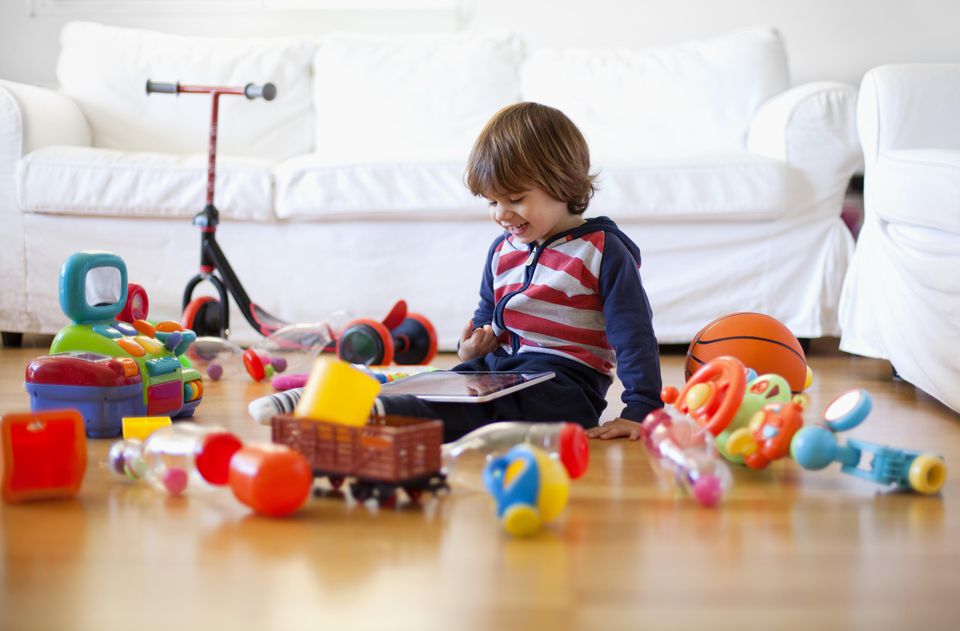
Toys that encourage group play or cooperation are often played with more frequently and for longer durations. Board games, construction kits, or role-play sets that allow multiple players can transform the play experience into a shared adventure. Social interaction increases enjoyment and often introduces new dimensions to how the toy is used. When children collaborate, compete, or negotiate during play, it revitalizes the experience and adds variety. Furthermore, social toys often become staples at family gatherings, playdates, or school settings, where repeated use is natural and frequent.
Toy Rotation And Reintroduction Strategies
Even the most engaging toy may lose its appeal if overexposed. One effective strategy to combat this is toy rotation. By limiting the number of toys available at any one time and periodically switching them out, toys regain their novelty when reintroduced. This method not only keeps the play environment fresh but also encourages deeper engagement with fewer items. Toys that are stored away for a few weeks and then brought back often feel new again, sparking renewed interest and extending the overall life of the toy. Parents can use this approach to maintain excitement without constantly buying new items.
The Child’s Personality And Interests Matter
A toy’s ability to hold a child’s attention also depends heavily on the child’s personality and interests. Some children are naturally inclined to sit quietly and focus on building or drawing, while others prefer action, movement, or social play. Understanding what excites and motivates your child is key to selecting toys that will captivate them for longer periods. For example, a child who loves animals may spend hours playing with a zoo set, while a space enthusiast might be engaged for weeks building a model of the solar system. Matching toys to individual passions ensures they will be used meaningfully and repeatedly.
Aesthetic And Sensory Appeal Enhances Interest
Visual, auditory, and tactile appeal can contribute significantly to how long a toy remains engaging. Toys with vibrant colors, pleasing textures, and satisfying sounds attract attention and stimulate the senses. Sensory toys, including kinetic sand, slime, textured balls, or fidget toys, are especially effective at capturing attention and promoting calm, focused play. These elements are particularly important for younger children, who are drawn to sensory exploration. The combination of appeal and function creates a powerful tool that not only entertains but soothes and educates.
Challenges And Goal-Oriented Play Fuel Focus
Toys that incorporate challenges or goals keep children motivated and engaged. Whether it’s completing a puzzle, building a specific model, or reaching a new level in a game, the presence of an objective gives children a reason to stay focused. These toys offer a sense of purpose and accomplishment, which is deeply satisfying for young minds. As children work toward a goal, they practice perseverance, planning, and self-motivation—skills that extend well beyond the playroom. Toys with multiple levels or challenges that can be adjusted over time are especially beneficial for long-term interest.
Creative Expression As A Long-Term Engagement Tool
Toys that allow children to express themselves creatively have near-unlimited replay value. Art supplies, musical instruments, story-making kits, and construction toys offer fresh possibilities every time they’re used. These toys grow with the child’s imagination and are never truly “finished.” A set of markers and blank paper can become a comic book one day and a family portrait the next. This constant reinvention ensures that the toy evolves with the child’s mood, ideas, and inspirations. Creativity also serves as an emotional outlet, making these toys invaluable not just for engagement but for emotional well-being.
Parental Involvement Extends Toy Life
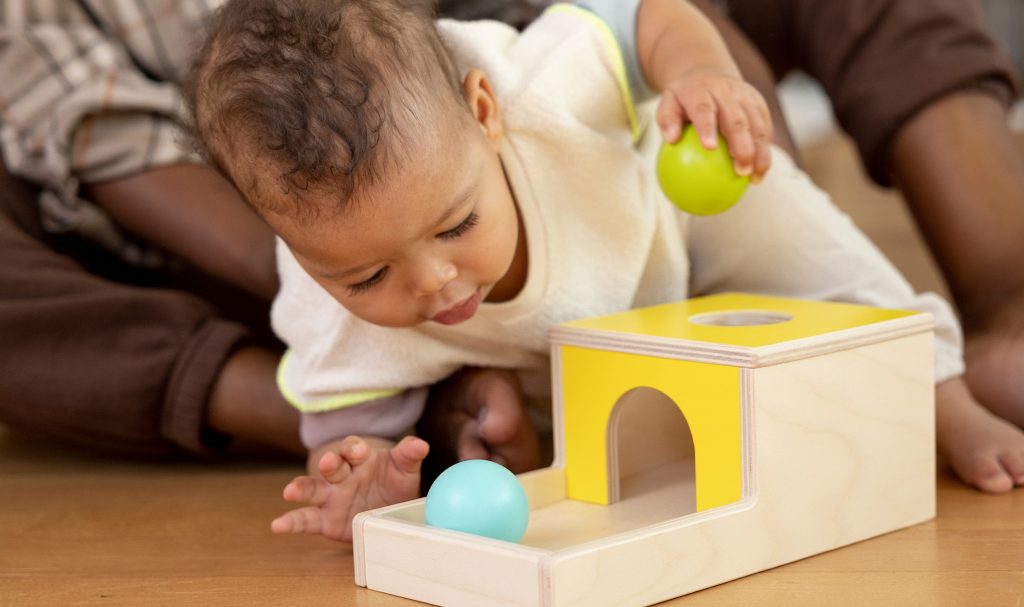
When parents actively participate in play, toys become more engaging. A puzzle or board game that might seem boring alone becomes exciting with a parent’s involvement. Shared play adds emotional richness to the experience, making it more memorable and meaningful. Children are more likely to return to toys that remind them of positive interactions with loved ones. Additionally, parents can help introduce new ways to use a toy, keeping it fresh and challenging. Even five minutes of engaged parental play can reignite interest in an overlooked toy.
Quality And Durability Influence Long-Term Use
No matter how engaging a toy may be, its longevity also depends on its physical durability. A poorly made toy that breaks easily or wears out quickly loses both interest and utility. Investing in high-quality, well-constructed toys ensures they remain functional and appealing through repeated use. Durable toys can also be passed down to siblings or donated, extending their life even further. In many cases, a higher upfront cost is justified by the long-term value and sustained engagement that quality construction provides.
Conclusion
Understanding how long a child is likely to stay engaged with a toy is essential for choosing products that deliver real developmental and emotional value. Toys that captivate attention over days, weeks, or even years are those that grow with the child, support creativity, encourage learning, and align with individual interests. They provide not just entertainment but also cognitive stimulation, emotional satisfaction, and social connection. By focusing on features like open-ended play, age-appropriateness, and adaptability, caregivers can select toys that enrich a child’s life far beyond the first hour of play. In a world overflowing with options, the best toys are not always the flashiest or most expensive—they are the ones that stay relevant, engaging, and loved over time.
